Archives
- 2025-12
- 2025-11
- 2025-10
- 2025-09
- 2025-03
- 2025-02
- 2025-01
- 2024-12
- 2024-11
- 2024-10
- 2024-09
- 2024-08
- 2024-07
- 2024-06
- 2024-05
- 2024-04
- 2024-03
- 2024-02
- 2024-01
- 2023-12
- 2023-11
- 2023-10
- 2023-09
- 2023-08
- 2023-07
- 2023-06
- 2023-05
- 2023-04
- 2023-03
- 2023-02
- 2023-01
- 2022-12
- 2022-11
- 2022-10
- 2022-09
- 2022-08
- 2022-07
- 2022-06
- 2022-05
- 2022-04
- 2022-03
- 2022-02
- 2022-01
- 2021-12
- 2021-11
- 2021-10
- 2021-09
- 2021-08
- 2021-07
- 2021-06
- 2021-05
- 2021-04
- 2021-03
- 2021-02
- 2021-01
- 2020-12
- 2020-11
- 2020-10
- 2020-09
- 2020-08
- 2020-07
- 2020-06
- 2020-05
- 2020-04
- 2020-03
- 2020-02
- 2020-01
- 2019-12
- 2019-11
- 2019-10
- 2019-09
- 2019-08
- 2019-07
- 2019-06
- 2018-07
-
Numerous epidemiological studies document fewer cardiovascul
2023-12-29
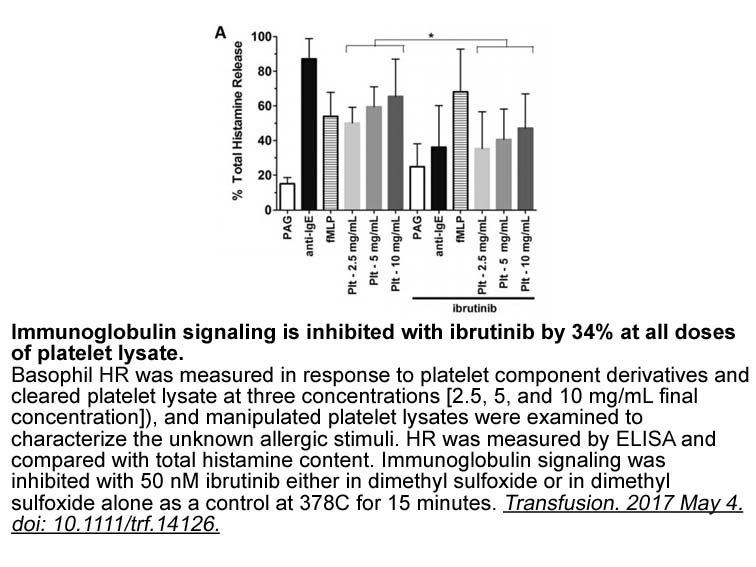
Numerous epidemiological studies document fewer cardiovascular events and increased survival of non-CKD individuals treated with angiotensin-converting enzyme inhibitors/angiotensin receptor blockers (ACEI/ARBs) [8], [9]. By contrast, there are few studies of cardiovascular benefits of interruption
-
Merimepodib australia The current study was designed to inve
2023-12-29
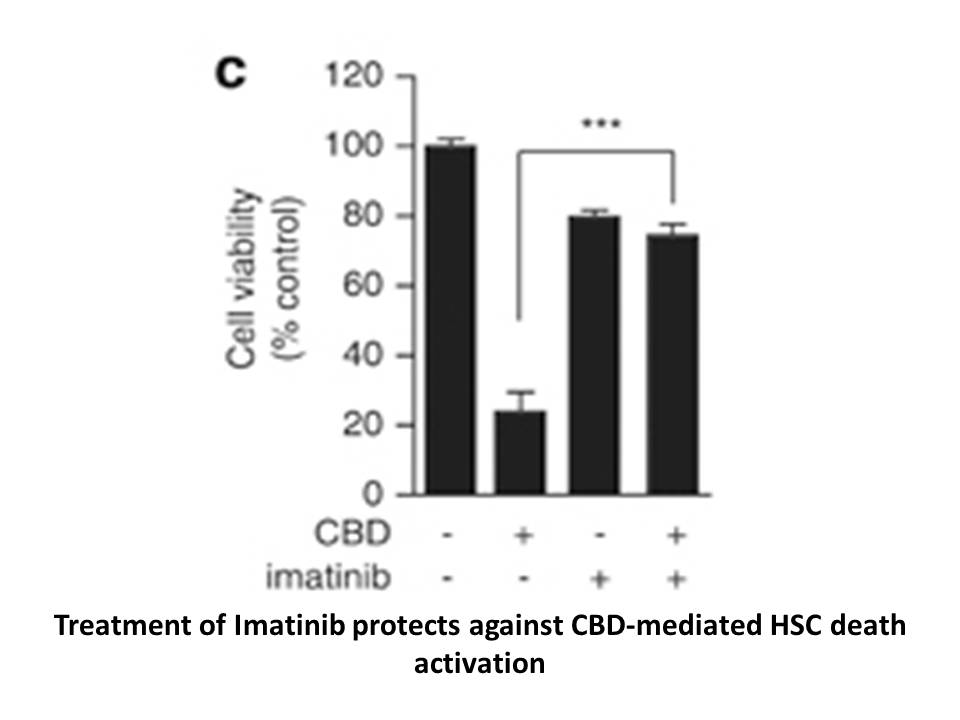
The current study was designed to investigate the effects of the 12/15-LOX inhibitor, LOXBlock-1 (LB1) in mice using a FeCl3-induced distal MCAO model, and to test its utility in conjunction with subsequent thrombolysis with tPA, which is to date the only FDA-approved drug for acute stroke treatment
-
Volatile esters are important to wine quality and to fresh
2023-12-29
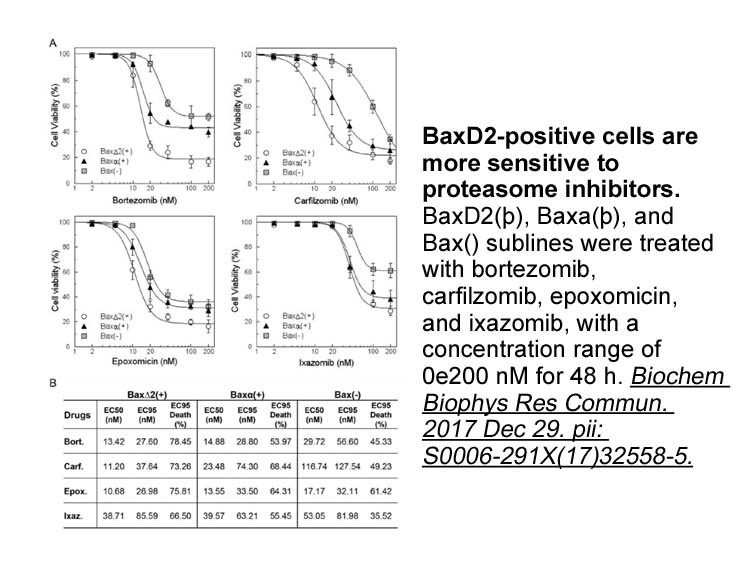
Volatile esters are important to wine quality and to fresh berry grape flavor, especially in fox grapes (V. labrusca) [16]. Volatile esters such as Z-3-hexyl acetate can be found in V. vinifera ‘Cabernet Sauvignon’ berries albeit at low levels and their accumulation diminishes to below detection lev
-
A characteristic of iron present in brain fluids is consider
2023-12-29
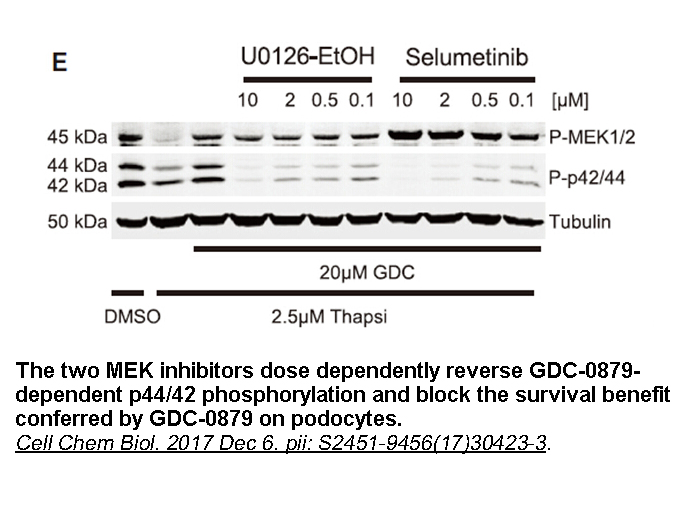
A characteristic of iron present in brain fluids is considerable differences between measured values of ferritin and transferrin and the total iron content value (Table 1). Variation of the latter is compatible with differences in individual metabolisms. However differences between total iron conten
-
Beclomethasone dipropionate australia A disfun o cognitiva p
2023-12-29
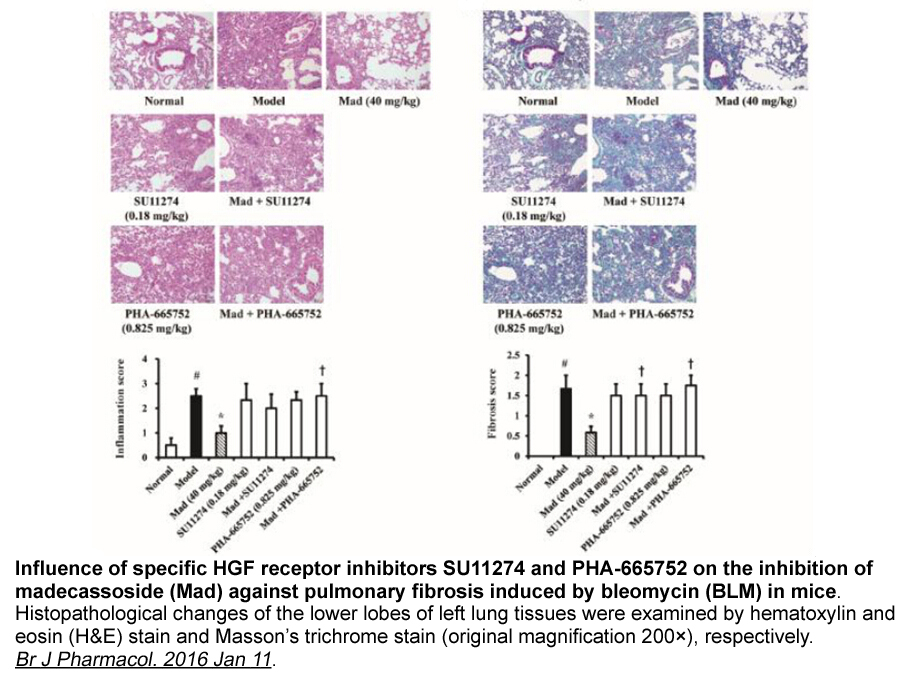
A disfunção cognitiva pós‐operatória é uma síndrome perioperatória bem reconhecida, consequência da anestesia e cirurgia cuja causa exata permanece por esclarecer. De que forma Beclomethasone dipropionate australia disfunção cognitiva pós‐operatória e a doença de Alzheimer podem estar ligadas perman
-
Does dietary caffeine interfere with antinociception by othe
2023-12-29
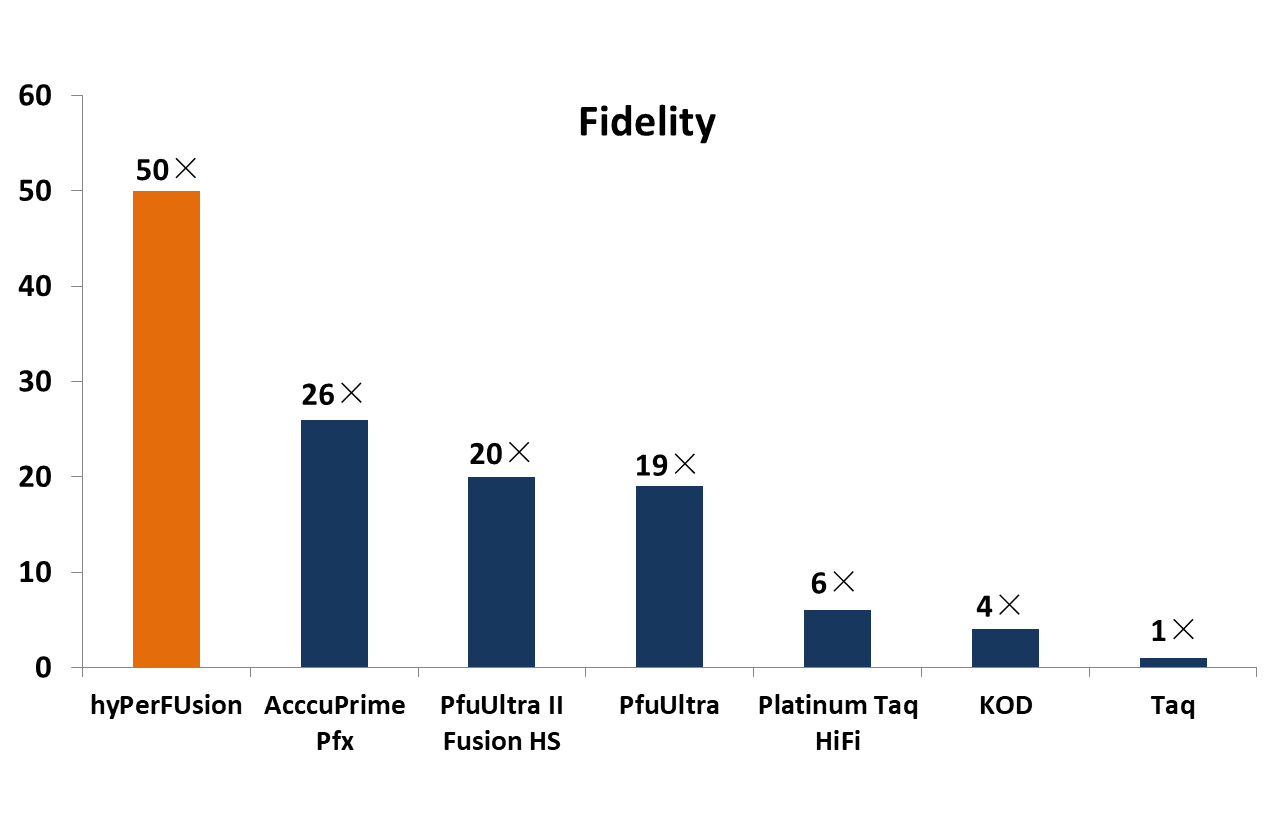
(8) Does dietary caffeine interfere with antinociception by other modalities that alter pain (TENS, exercise, joint mobilization, water immersion therapy)? Caffeine and/or A1R antagonists inhibit antinociception by each of these modalities in preclinical studies, such that there is potential for int
-
br Conflict s of interest
2023-12-29
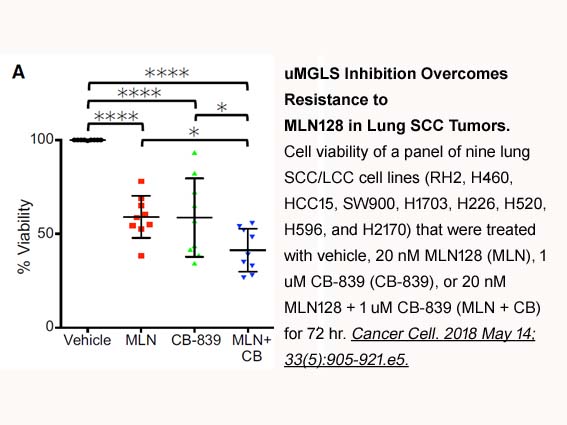
Conflict(s) of interest Retinopathy of prematurity (ROP) is a leading cause of childhood blindness Retinopathy of prematurity (ROP) is a disease of premature infants which disrupts normal retinal vascularization (Fleck and McIntosh, 2008). With increased survival of extremely premature infants
-
br Conclusions and clinical relevance Astrogliosis and an in
2023-12-29
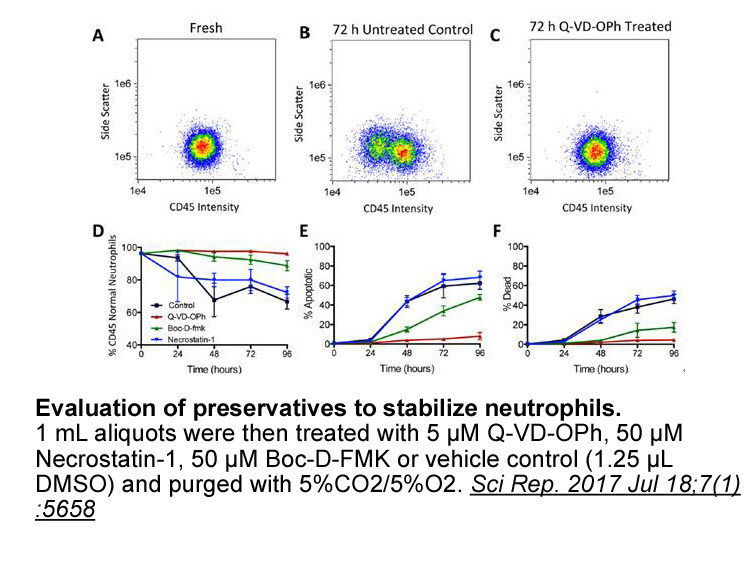
Conclusions and clinical relevance Astrogliosis and an increase in ADK is a pathologcial hallmark of epilepsy. The consequence of increased ADK in the epileptic LY2784544 is a decrease in the ambient adenosine tone and A1R activity. As a result, systemic administration of A1R agonists or ADK inh
-
The introduction of a pyrazole moiety into any position
2023-12-29
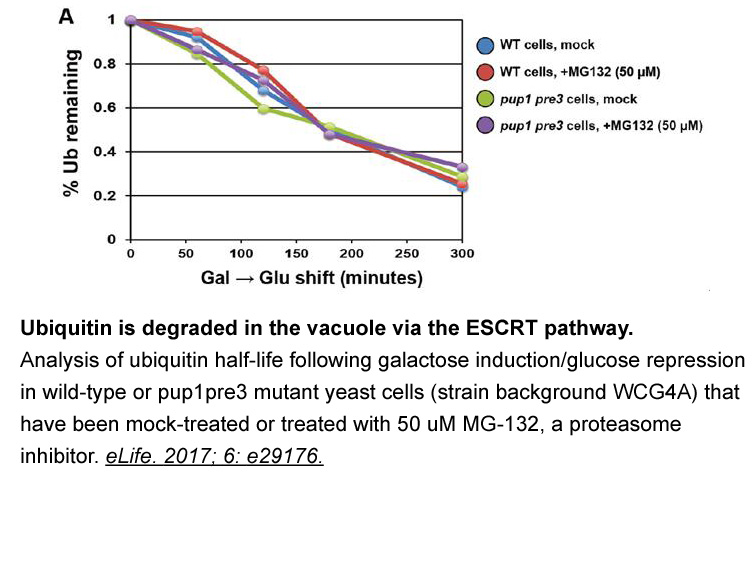
The introduction of a pyrazole moiety into any position of the sterane core by cross-coupling reactions [13] or by Knorr construction from a CCC bis-electrophilic sterane precursor and an N,N binucleophile building block [17], [19] may serve as an example. Very few reports are to be found, however,
-
br The cytochrome P enzyme hydroxylase lyase P is involved
2023-12-29
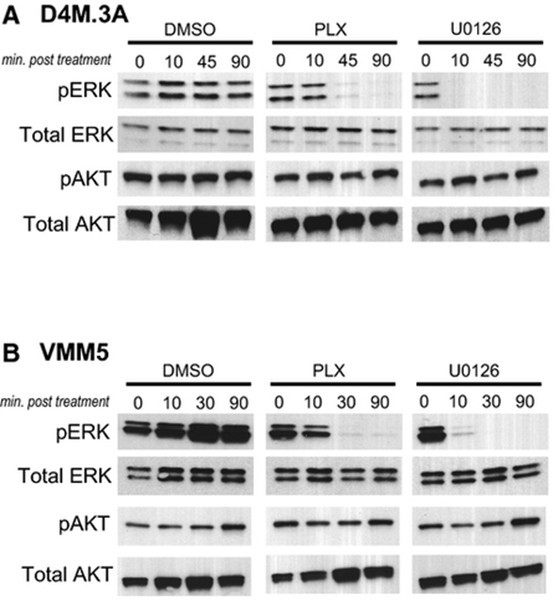
The cytochrome P450 enzyme 17α-hydroxylase/17,20-lyase (P450) is involved in the production of the C containing androgen precursors from the C containing steroids such as the pregnanes and progestins (). Steroids such as androstenedione (AD) and dehydroepiandrosterone (DHEA) are therefore synthesi
-
The identification of novel kinase inhibitor scaffolds is hi
2023-12-28
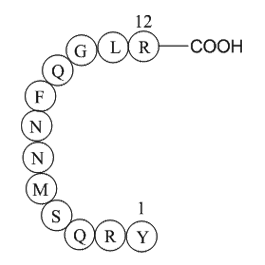
The identification of novel kinase inhibitor scaffolds is highly desirable in order to develop selective kinase inhibitors. Small-molecule inhibitors of Interleukin-2-inducible T-cell kinase (Itk) that are based on the 3-aminopyridin-2-one fragment 1 have been reported. Despite derivatisation of 1 y
-
br Materials and methods br Results br Discussion Because th
2023-12-28
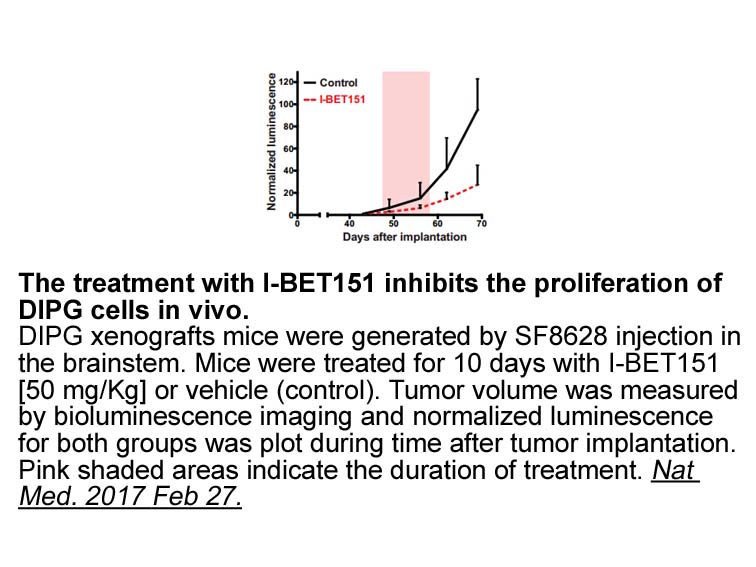
Materials and methods Results Discussion Because the Ser/Thr kinase domain of LRRK2 is homologous to that of other MLK family proteins belonging to the MAP3K superfamily, LRRK2 is suggested to be involved in MAPK signaling and activation of neuronal cell death by phosphorylating its downstr
-
MK-4827 mg Previously we have detected the expression of APJ
2023-12-28
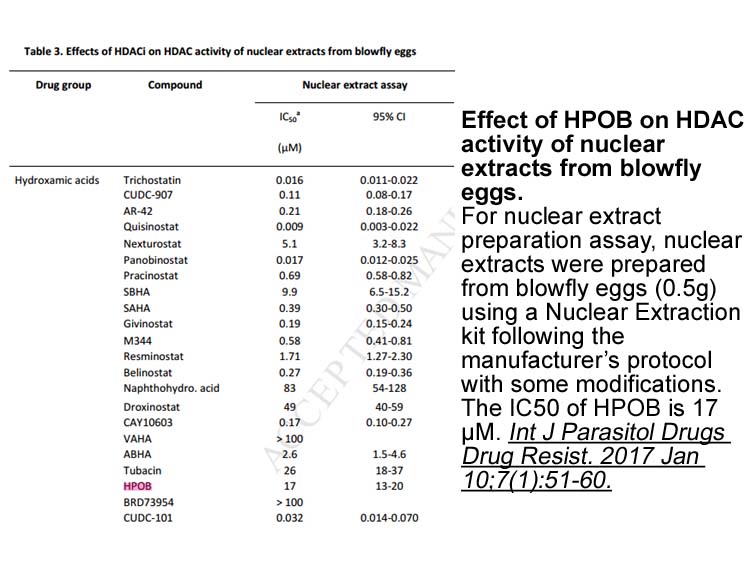
Previously, we have detected the expression of APJ receptor on stomach projecting MK-4827 mg in DMV, in addition, icv administration of apelin-13 induced a remarkable c-Fos activation in those cells which were previously marked by a retrograde neuronal tracer fast blue (Birsen et al., 2016). Moreov
-
Apelin is a bioactive peptide and
2023-12-28
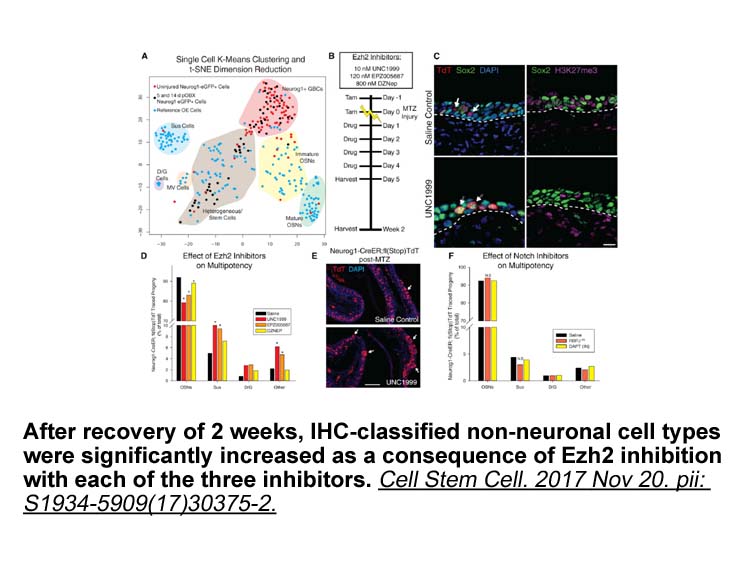
Apelin is a bioactive peptide and endogenous ligand for the APJ receptor (APLNR), a member of the G protein coupled receptor family that shares a similar sequence as the angiotensin type-1 receptor (AT1) [5]. Early studies demonstrated that the apelin/APLNR receptor axis plays a significant role in
-
It is now thought that tight binding of
2023-12-28
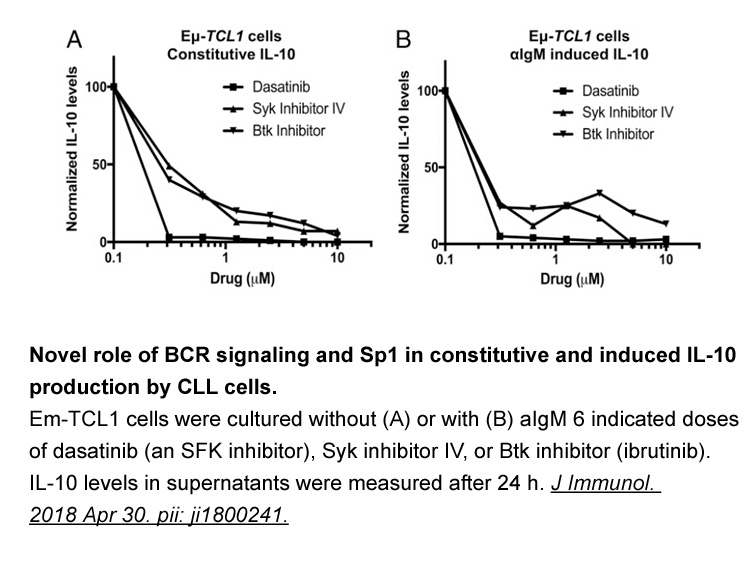
It is now thought that tight binding of HMGB to condensed chromatin may not be restricted to apoptotic cells. That HMGB proteins might actually be involved in the organization and/or maintenance of heterochromatic regions is suggested by the results of experiments analyzing the stable binding of the
15409 records 224/1028 page Previous Next First page 上5页 221222223224225 下5页 Last page